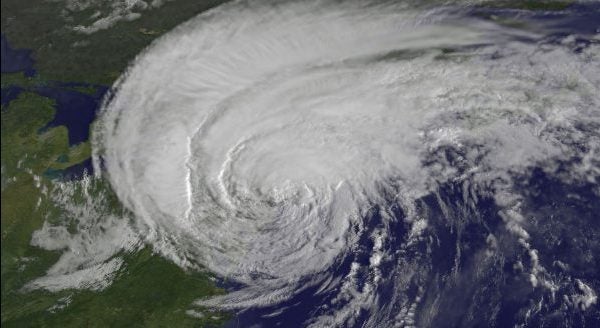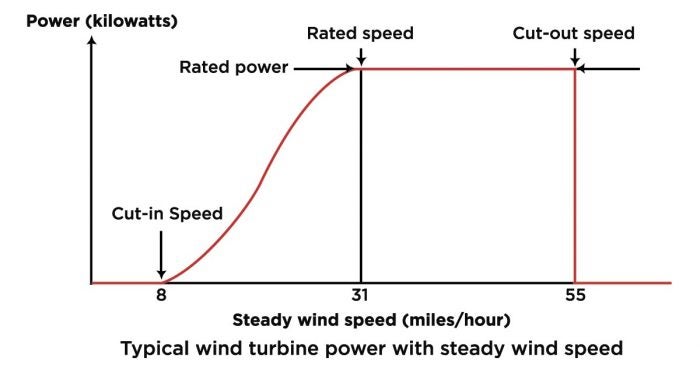This question was supplied by the ‘Ask the Experts’ database managers.
Reviewed by: M. Reza Hashemi
Last Update: April 30th, 2020
The Atlantic hurricane season is officially defined as June 1st through November 30th. During this time, the northeast is at risk of experiencing tropical storms that originate in the ocean causing high winds, storm surge, heavy rainfall and rip currents1. So, how do offshore wind turbines withstand these storms?
Satellite image of Hurricane Irene blanketing New England, New York and Toronto, Canada. (Credit: NASA/NOAA GOES Project)
Well, wind turbines have an anemometer that measures current wind speeds. This information is sent to the turbine controller. The turbine controller operates cut-in and cut-out periods based upon these wind speeds. Turbines are powered on only when wind speeds range between 8 and 55 miles per hour (mph)2. Once the anemometer measures speeds at or below the turbine’s cut-out speed, the blades resume normal operation and continue to provide renewable energy to the grid.
The diagram below shows the power output of a turbine against steady wind speeds. As wind speeds increase, more electricity is generated until it reaches its maximum, or rated power. As the wind speed continues to increase, the power generated by the turbine remains constant until it eventually hits the cut-out speed and shuts down to prevent unnecessary strain on the rotor1.

Image courtesy of Sarah Harman (U.S. Department of Energy)
According to industry standards, any turbine (along with its substructure foundation) should be capable of resisting extreme loading with a certain chance of return period caused by storm winds, waves, and currents.
Active research is being conducted to better assess hurricane-induced risk on offshore wind farms as hurricanes have not been an issue in the European previously-existing farms.
Sources
[1] https://www.mass.gov/info-details/hurricane-safety-tips
[2] https://www.energy.gov/eere/wind/animation-how-wind-turbine-works
